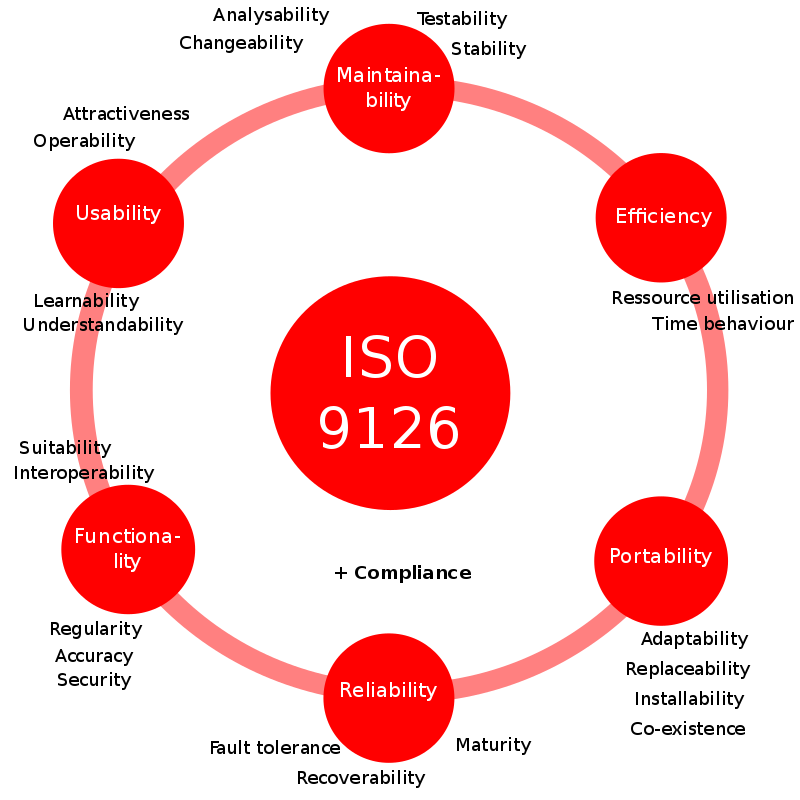Non-Functional Requirements
Published: December 15th, 2021
Every now and then I stumble upon projects, which do not have a defined set of Non Functional Requirements (NFRs in the following) or teams who do not even know about the bits and pieces. Therefore I thought it a good idea to refresh and collect my knowledge and write down my current state of mind about NFRs.

What are Non-Functional Requirements in software architecture?
Non-Functional Requirements (NFRs) are the properties of a software, that sit outside of specific features or functionalities that typically dictate how a system should behave.
To understand the difference between functional and non-functional requirements, it can be useful to view what a system does, and how well it does it.
Other terms for non-functional requirements are "qualities", "quality goals", "non-behavioral requirements", or "technical requirements". These are sometimes called the "-ilities", from attributes like stability and portability. Qualities can be divided into two main categories:
- Execution qualities, such as safety, security and usability
- Evolution qualities, such as testability, maintainability, extensibility and scalability
NFR Frameworks
NFRs, the "soft goals" of a system, are often hard to grasp and express but have a significant impact on the global qualities and user acceptance of a software system. These could be usability, performance, security and flexibility in a given system. To help teams with pinpointing those qualities, there exist multiple frameworks and ISO standard, for example ISO 9126 or its successor ISO 25010, SNAP or Goal Modelling to mention only a few.
Attributes or Qualities of a Software System
| ISO 9126 Quality Criterias | ISO 25010 Maintainability Model |
|---|---|

|

|
There are many possibilities to define NFRs for a system and you can really go overboard when defining them. Like functional requirements, also NFRs must be quantified for transparency and testability. A good starting point may be to start with four basic areas and refine them step by step:
- Usability - characteristics such as aesthetics and consistency in the user interface.
- Reliability - characteristics such as availability (the amount of system "up time"), accuracy of system calculations, and the system's ability to recover from failure.
- Performance - characteristics such as throughput, response time, recovery time, start-up time, and shutdown time.
- Supportability - characteristics such as testability, adaptability, maintainability, compatibility, configurability, installability, scalability, and localizability.
Following criteria may also help to further define specific NFRs:
- Context and Boundaries – When a NFR lacks a bounded context it may lead to significant additional work.
- Independent – NFRs should be independent of each other. Thus they can be evaluated and tested individually and the non-fulfillment of one does not lead to the non-fulfillment of the other.
- Testable – NFRs must be objective, measurable, and testable
Sources
- ISO/IEC 25010:2011 Systems and software engineering - Systems and software Quality Requirements and Evaluation (SQuaRE) - System and software quality models
- Götz, Rolf; Scharnweber, Heiko: "IVENA: Integriertes Vorgehen zur Erhebung nichtfunktionaler Anforderungen"
- Web Archive - IBM on Furps+
- Scaled Agile Framework on NFR
- Wikipedia on Non-functional requirements